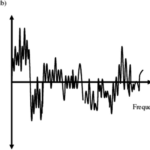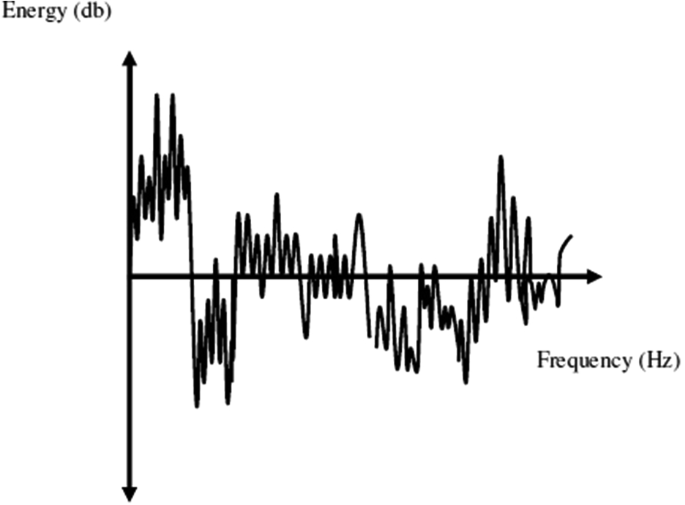Be it in an office, a studio, a hall, or anywhere else that sound is being produced, there tends to be an element of noise in the background or sometimes there is a lot of noise being produced from machines and any other thing that produces sound. This article centers on 5 ways to reduce noise pollution.
Knowing how to engineer the outcome to reduce the level of noise being heard in the final sound is a major technique. And that is why you ought to understand these 5 ways to reduce noise reduction that we have and maybe get a hint on where and how they can be used productively.
5 Ways to Reduce Noise Reduction
Before we even get to the major techniques used for noise reduction, we first have to understand the term noise reduction and get to know what it really means to say noise reduction.
Using a number of the available noise reduction or noise-canceling techniques, you can come up with a real explanation of noise reduction and why it is really important. It is simply using different mechanisms to cut off the background sound that is mostly unwanted, and there are various ways you can remove noise from my audio.
In other instances, like an office string, noise reduction is basically making sure that the space is silent and any movements do not cause a lot of disturbance to the workers around. In machinery adjusting the controls will be the best way to reduce noise.
This and many other explanations about sound reduction will be a necessary process in running your activities in a quiet place or maybe a clear sound recording or having a silent home.
Having understood this, we should now get to understand how we can really cancel all the background music and how we can make use of the different noise reduction techniques. So what are some of the noise reduction techniques that we have?
Damping
Damping is an application of creating an overlay surface over another surface by adding damping mechanisms to absorb the extra sound. Damping utilizes a layer of bitumastic damping material and another layer of constrained damping material is added to get rid of all the noise around. Sometimes the layers constitute the construction of a laminate.
The materials are put in place to dampen the excess sound that is produced alongside the required potion of the sound. This technique is mostly applied in chutes, hoppers tanks, and panels.
The activity around these is usually huge and produces a lot of noise and that makes it important for noise reduction to be applied. This can also be useful in an office or studio that is maybe used for video or audio production to have a clear sound in the end.
Acoustic wall and ceiling panels
These are becoming common around our home offices, studios and halls. They are simply sound-absorbing panels that are either stuck onto the wall or the ceiling to absorb the extra noise that is produced alongside the required sound.
They are no longer those huge things that cannot fit in the door. With new modifications, here are small ones that can even fit behind your artistic wall hangings and frames but still do the very nice job desired.
This has become an important part of video and audio production since clear sound is one step into impressing the audience and background noise will absolutely kill that. They are just simple to set up strategically and use.
Including plants
Indoor plants are one great way of sound absorption and they really go a long way in canceling the background noise. However, with plants, you should really get to know where to position them strategically so that they get to absorb the noise in the background.
However, the secret is having many of them around the room you are using. And on the thing with plants, they add the color to your video if that’s what you need noise reduction for. They perform multiple functions. They are effective in noise reduction too.
Noise-reducing flooring
Some materials are not so friendly in that they produce a lot of noise. These include concrete, ceramics, and porcelain flooring. However, when you opt for a sound-friendly floor, you might want to consider some padding and maybe using other friendlier options such as hardwood flooring and maybe some LVT flooring options.
Some floor designs are really effective in noise reduction and have a very easy setup. It is sometimes important to have an expert the what type of floor you need to make a clean sound with minimal background noise.
Heavy insulation
There are several methods of insulation. Some heavy insulation will make sure that you have the least amount of background noise being produced. There are so many insulations designs that can be utilized in making whichever space you want to customize for noise reduction a good space.
Sometimes if it is an office, techniques like glass would isolate you from all the other things going on around and the sound quality will be great if, for example, you are planning to record an audio or video.
Other Methods
There are other small methods that people tend to overlook but they are really feasible. Noise-canceling headphones for example can be a very effective way of making sure you have a quiet environment around your mind.
When you need to sit down and work on something, you need concentration and such mechanisms will help you create that quiet environment alongside many other mechanisms.
5 Ways to Reduce Noise Reduction – Final Word
The perfect way of having a quiet environment to work on is creating a space that is customized for noise reduction. Using some of the above noise reduction techniques, you can have a perfect place to work in producing clear audio or video sound.
Some of them will need some extra investment while some of them could be simple and cheap. You only need to decide on which one works for you and get to install it to customize your space. Sometimes using more than one of them could be a solution.
Some of them just help you concentrate on what you are doing but all of them are just techniques that could make your workspace some kind of peaceful and quiet place to work from.
Now, you know 5 ways to reduce noise reduction in any environment or setting.
















